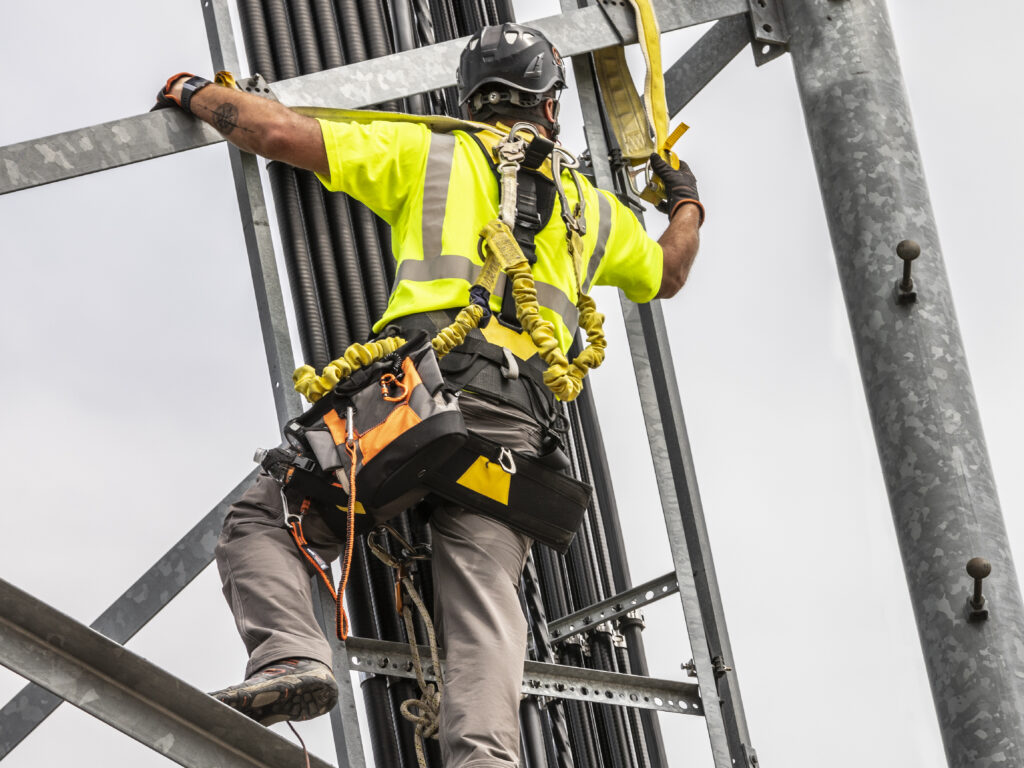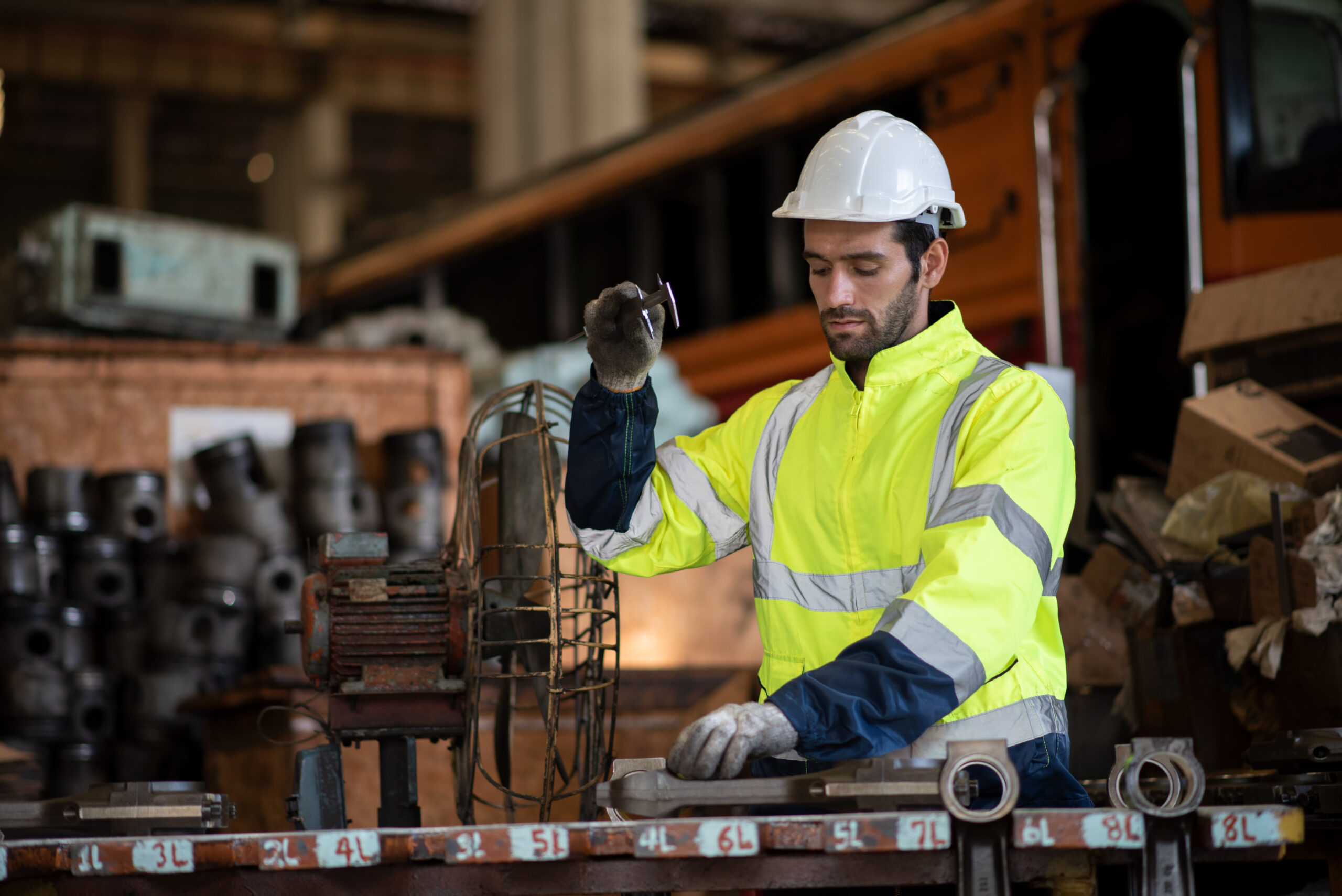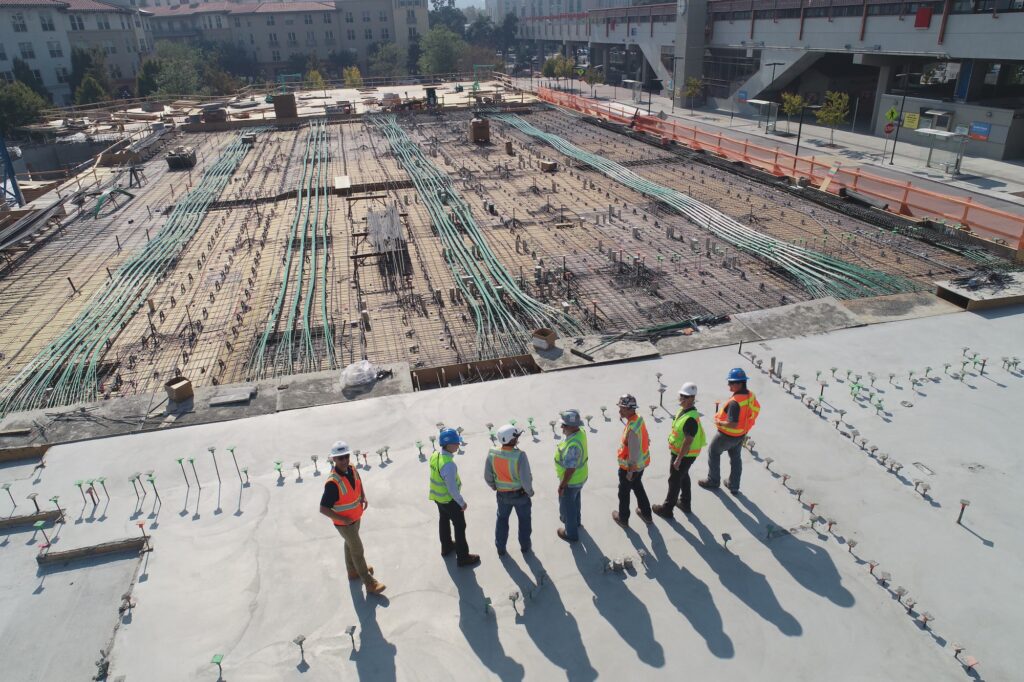ISEA’s newly revised standard is the global touchstone for preventing dropped objects.
About every 10 minutes, a worker in the U.S. is struck by an object that fell from above. It’s a hazard that the International Safety Equipment Association (ISEA) is striving to mitigate with the release of its newly revised American National Standard for Dropped Object Prevention Solutions (ANSI/ISEA 121-2023).
“This is the world’s only standard for dropped objects protection,” said ISEA President & CEO Cam Mackey. “Our original standard was written from scratch — which is very rare — back in 2018. The latest update is the result of hard work and enormous dedication by our Dropped Objects Product Group members.”
The new standard establishes minimum design, performance, testing and labeling/markings requirements for solutions that reduce dropped objects incidents in industrial and occupational settings. It focuses on active solutions workers should use to prevent falling objects, rather than addressing passive solutions (which are often ineffective) or personal protective equipment (PPE) which do not prevent objects from falling.
ANSI/ISEA 121-2023 provides employers with:
- Clear guidance to minimize the risk of dropped object incidents.
- Minimum design, testing and performance criteria.
- Information on the four active controls:
- Anchor attachments (i.e., attachment points designed to be field installed on structures, equipment or workers, to provide appropriate connection points for tethering).
- Tool attachments (i.e., attachment points designed to be field installed onto tools or equipment to provide appropriate connection points for tethering).
- Tool tethers (i.e., lanyards or materials designed to connect tools to approved anchor points).
- Containers (i.e., buckets, pouches and bags designed to carry or transport tools and equipment to and from heights).
Falling Objects Different than Human Falls
While falling object protection differs from human fall protection, the stakes are equally high. Not only is anyone below an unsecured object at risk of injury or death, but the risk of collateral damage to other equipment, to machinery, to building surfaces, to vehicles and more is also enormous. A wrench dropped from several stories up can burst a pipe down below and cause major flooding damage, for example.
“Far more industries face risks from falling objects than they do from human falls,” said Nate Bohmbach, Senior Director of Product Management at Ergodyne. “Safety at heights means not only securing anyone working above but ensuring that nothing on them or around them can detach and drop on anyone — or on any machinery or building surfaces — below.”
Dropped objects protection isn’t simply a good idea — it’s a compliance issue. The Occupational Safety and Health Administration (OSHA) requires all employers to address falling/dropped objects hazards on the job. OSHA included requirements both in its General Industry (1910.23; 1910.28) and Construction (1926.451; 1926.501; 1926.759) standards.
“It’s important for everyone to understand what a tethering system is and how it works and why no one should be using duct tape or twine to try to secure things,” added Bohmbach. “The global best practice for dropped object prevention is tethering equipment that meets this revised standard.”
Get the Revised Standard Today
A copy of ANSI/ISEA 121-2023 is available from ISEA online at https://safetyequipment.org/our-standards/.


